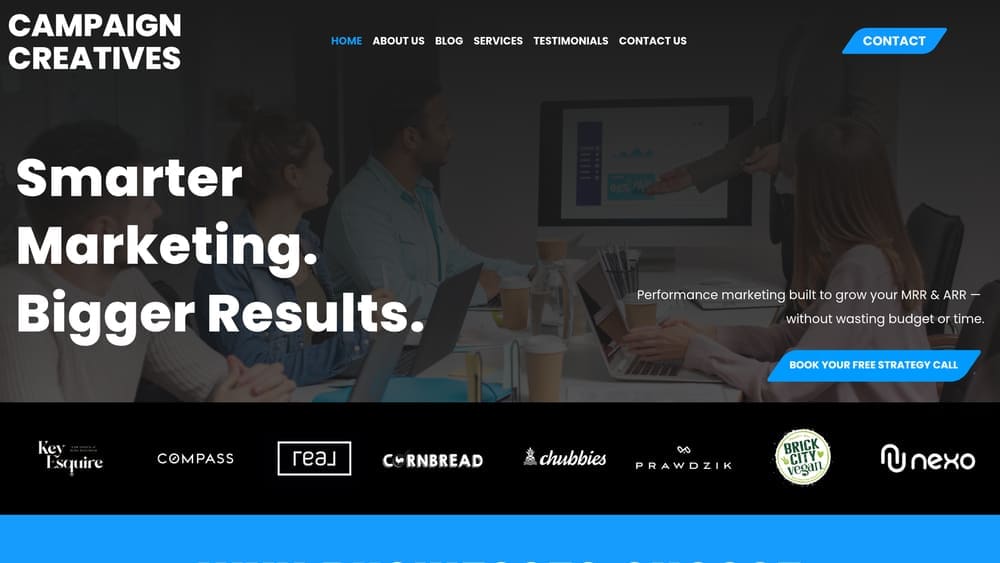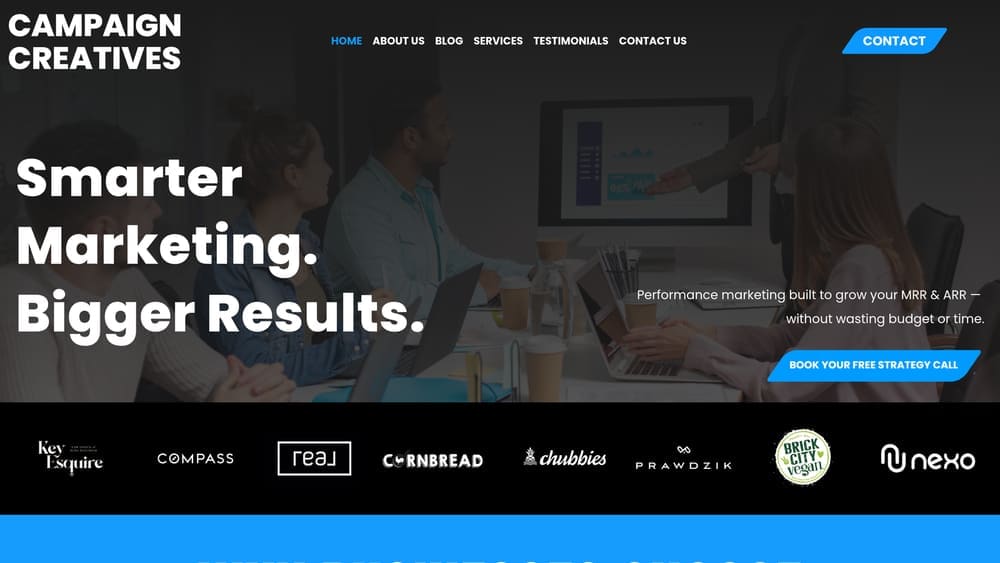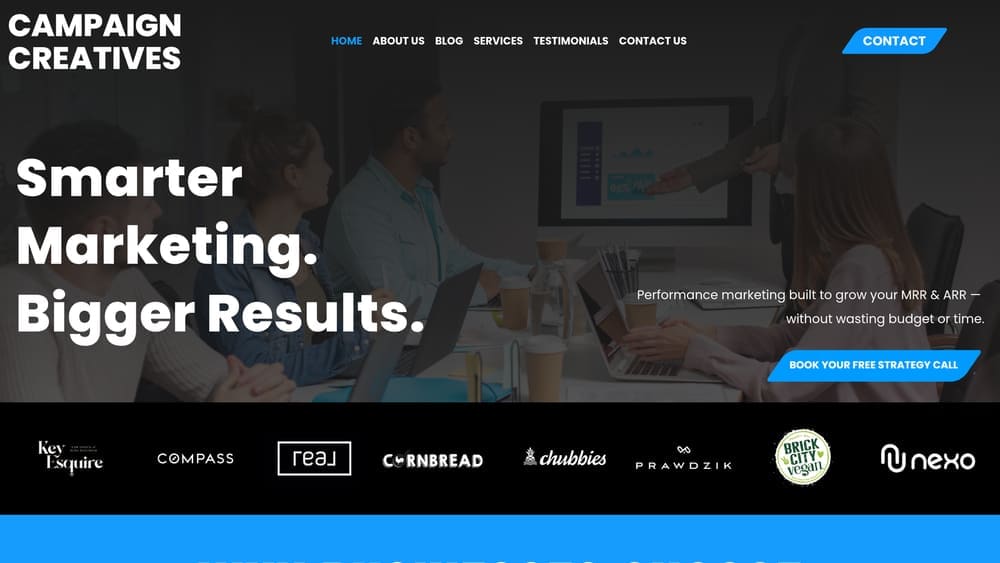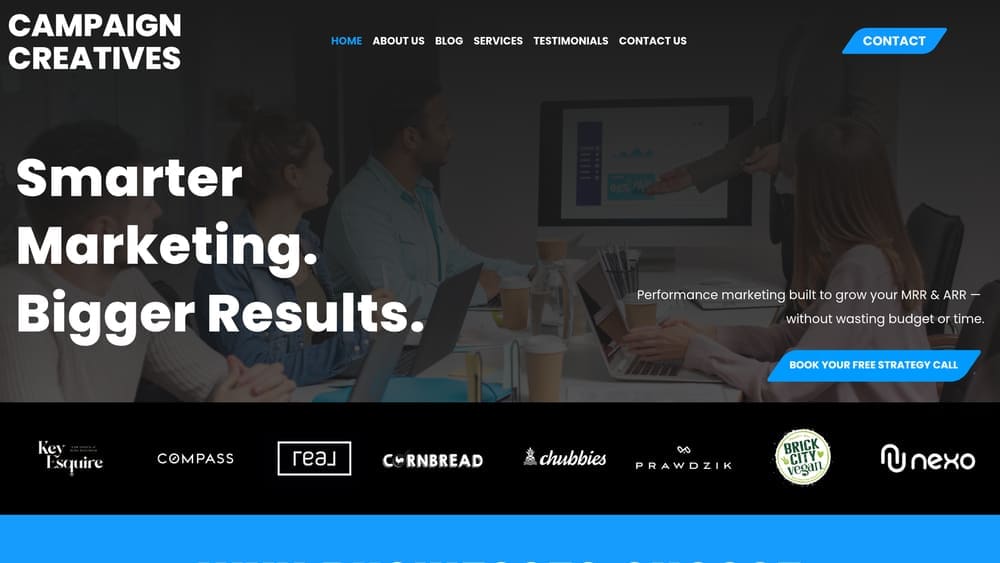campaign
creatives
Top 5 Best Alternatives To Traditional Advertising For Engaging Modern Consumers
Discover the best alternatives to traditional advertising that can help you effectively connect with your audience in today's digital world.
Imagine spending a significant portion of your marketing budget on traditional advertising—billboards, TV spots, and print ads—only to find that your audience is increasingly tuned out to such methods. The reality is that traditional advertising is becoming less effective as consumers shift their attention to digital platforms where they seek authenticity, engagement, and meaningful interactions. In today’s fast-paced digital landscape, businesses must adapt by exploring innovative alternatives that resonate more with modern consumers. By the end of this article, you’ll discover the best alternatives to traditional advertising that can help you connect with your audience more effectively and efficiently. Let’s dive into the top 5 alternatives that can transform your marketing approach.
1. Unlocking the Power of Influencer Marketing
Best for: Brands looking to leverage trusted voices to reach engaged audiences.
Influencer marketing is a strategy that allows brands to tap into the established audiences of social media influencers, leveraging their trust and authenticity to drive engagement and conversions. For more on how to utilize advanced targeting techniques for Facebook Ads, check out our article here.

With the rise of social media, influencers have become key players in shaping consumer behavior. They often have dedicated followings that trust their recommendations, making them valuable partners for brands looking to enhance their visibility and credibility. For instance, beauty brands like Glossier have effectively leveraged influencer partnerships to create buzz around new product launches, leading to impressive sales increases.
1. Targeted Reach: Influencer marketing allows brands to reach specific demographics, ensuring that marketing messages resonate with the right audience.
2. Authenticity: Consumers often perceive influencer endorsements as more genuine compared to traditional advertisements, which can lead to higher engagement rates.
3. Versatile Content: Influencers can create various types of content, from unboxings to tutorials, providing brands with diverse marketing materials.
However, it’s crucial to choose influencers who align with your brand values to avoid potential misalignment that could harm your reputation. Authentic partnerships are key, as seen in campaigns where influencers genuinely believe in the products they promote. The effectiveness of influencer marketing lies in its ability to foster trust and drive engagement, making it a compelling alternative to traditional advertising.
2. Content Marketing: Building Trust Over Time
Best for: Brands aiming for long-term engagement and authority in their industry.
Content marketing focuses on creating valuable, relevant content that not only attracts but also retains a clearly defined audience. This strategy positions your brand as a thought leader and builds trust over time. For insights on the comparison of PPC vs SEO for lead generation, read our article here.

Quality content can take many forms, including blogs, videos, infographics, and podcasts. For instance, HubSpot has successfully used content marketing to establish itself as a leader in the marketing automation space, providing educational resources that help businesses grow. By sharing valuable insights, brands can foster relationships with their audience, leading to increased loyalty and conversion rates.
1. SEO Benefits: High-quality content improves organic search rankings, driving more traffic to your site over time.
2. Evergreen Value: Well-crafted content can continue to attract visitors long after it’s published, providing lasting value.
3. Audience Engagement: Informative content encourages interaction and discussion, allowing brands to connect with their audience.
While content marketing requires a commitment to consistency and quality, the long-term benefits often outweigh the initial efforts. Brands that prioritize content marketing can achieve sustained visibility and engagement, making it a powerful alternative to traditional advertising.
3. Social Media Advertising: Engaging Your Target Audience
Best for: Brands looking to utilize targeted and data-driven marketing strategies.
Social media advertising allows brands to reach specific audiences based on detailed demographics and interests, providing a level of precision that traditional ads simply can’t match. For more tips on the best social media platforms for home services, visit our article here.

Platforms like Facebook, Instagram, and LinkedIn offer robust advertising tools that enable businesses to create targeted campaigns tailored to their audience’s preferences. For example, a fashion retailer can target ads to users based on their shopping habits, leading to higher engagement rates. Brands that effectively leverage social media can foster community and direct dialogue with consumers, creating a more interactive marketing experience.
1. Diverse Formats: Social media ads can take various forms, including stories, videos, and carousel ads, allowing brands to experiment with what works best for their audience.
2. Real-Time Analytics: Social media platforms provide insights into ad performance, enabling brands to optimize campaigns on the fly.
3. Engagement Opportunities: Social media allows for two-way communication, enabling brands to interact directly with consumers and respond to inquiries.
While social media advertising presents unique opportunities, it also comes with challenges, such as ad fatigue and the need for constant content refreshment. Brands must monitor performance closely and adapt their strategies to maintain engagement effectively.
4. Email Marketing: The Direct Line to Your Customers
Best for: Brands focused on direct communication and personalized offers.
Email marketing enables brands to communicate directly with consumers, delivering personalized messages that can significantly increase engagement and conversions. To learn how to improve landing page conversions, check out our article here.

With email marketing, brands can segment their audiences based on various criteria, allowing for tailored messaging that resonates with each recipient. For example, e-commerce brands often use email campaigns to promote special offers or new products directly to interested customers. This direct line fosters a sense of personalization that traditional advertising often lacks.
1. High ROI: Email marketing boasts one of the highest return on investments among digital marketing channels, making it a cost-effective option.
2. Automation Capabilities: Automated email sequences can nurture leads and encourage repeat purchases without ongoing manual effort.
3. Engagement Metrics: Email platforms provide detailed analytics on open rates, click-through rates, and conversions, allowing brands to refine their strategies.
While email marketing is effective, brands must navigate challenges such as deliverability issues and potential spam filters. Consistent quality and value in email content are crucial for maintaining high engagement.
5. SEO: The Long-Term Strategy for Visibility
Best for: Brands seeking sustainable traffic growth and online presence.
Search Engine Optimization (SEO) focuses on improving a brand’s visibility in organic search results, driving traffic to websites without the ongoing costs associated with paid advertising.
Effective SEO strategies involve optimizing website content, improving site structure, and building quality backlinks. For instance, a local business that invests in SEO can attract customers searching for services in their area, leading to increased foot traffic and sales. Unlike traditional advertising, which often yields immediate but short-lived results, SEO provides a long-term solution for visibility and growth.
1. Cost-Effective: Once established, SEO can continue to drive traffic without ongoing ad spend, offering a high ROI over time.
2. Long-Lasting Results: Quality SEO efforts build a foundation for sustained organic traffic growth.
3. Credibility and Trust: High organic rankings often lead to increased credibility among consumers, who tend to trust search results more than paid ads.
While SEO requires patience and ongoing effort, the payoff can be significant in terms of visibility and customer acquisition. Brands must remain committed to optimizing their strategies to adapt to changing search algorithms and consumer behavior.
Putting It All Together
As the landscape of consumer behavior continues to evolve, exploring alternatives to traditional advertising has never been more crucial. Influencer marketing, content marketing, social media advertising, email marketing, and SEO each provide unique opportunities to connect with your audience in meaningful ways. By leveraging these alternatives, you can create a more engaging and effective marketing strategy that aligns with modern consumer preferences.
Ready to transform your marketing approach? Learn more about our services and discover how we can help you achieve your business goals through innovative digital marketing strategies.
Campaign
Creatives
quick links
contact
© 2025 Campaign Creatives.
All rights reserved.
